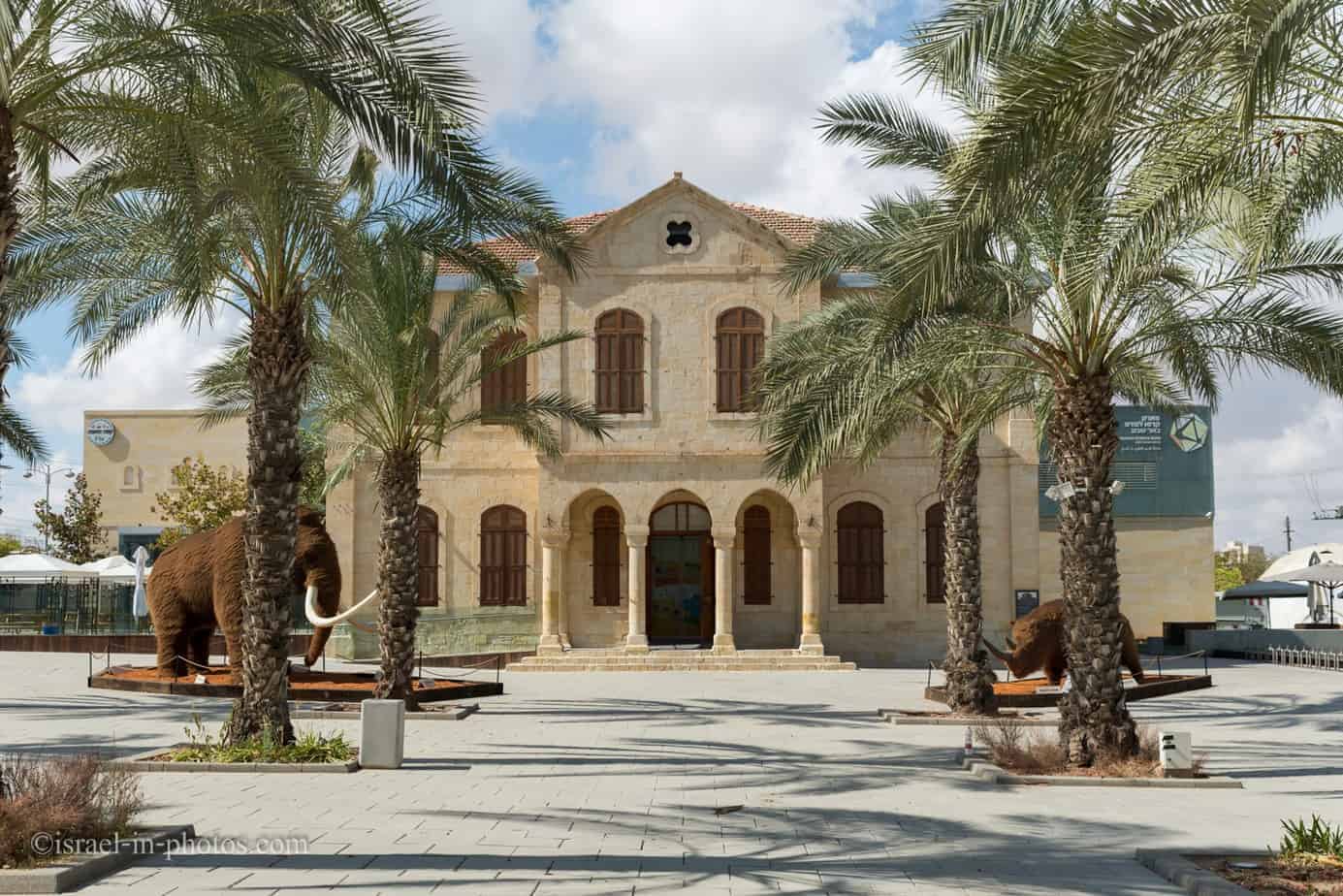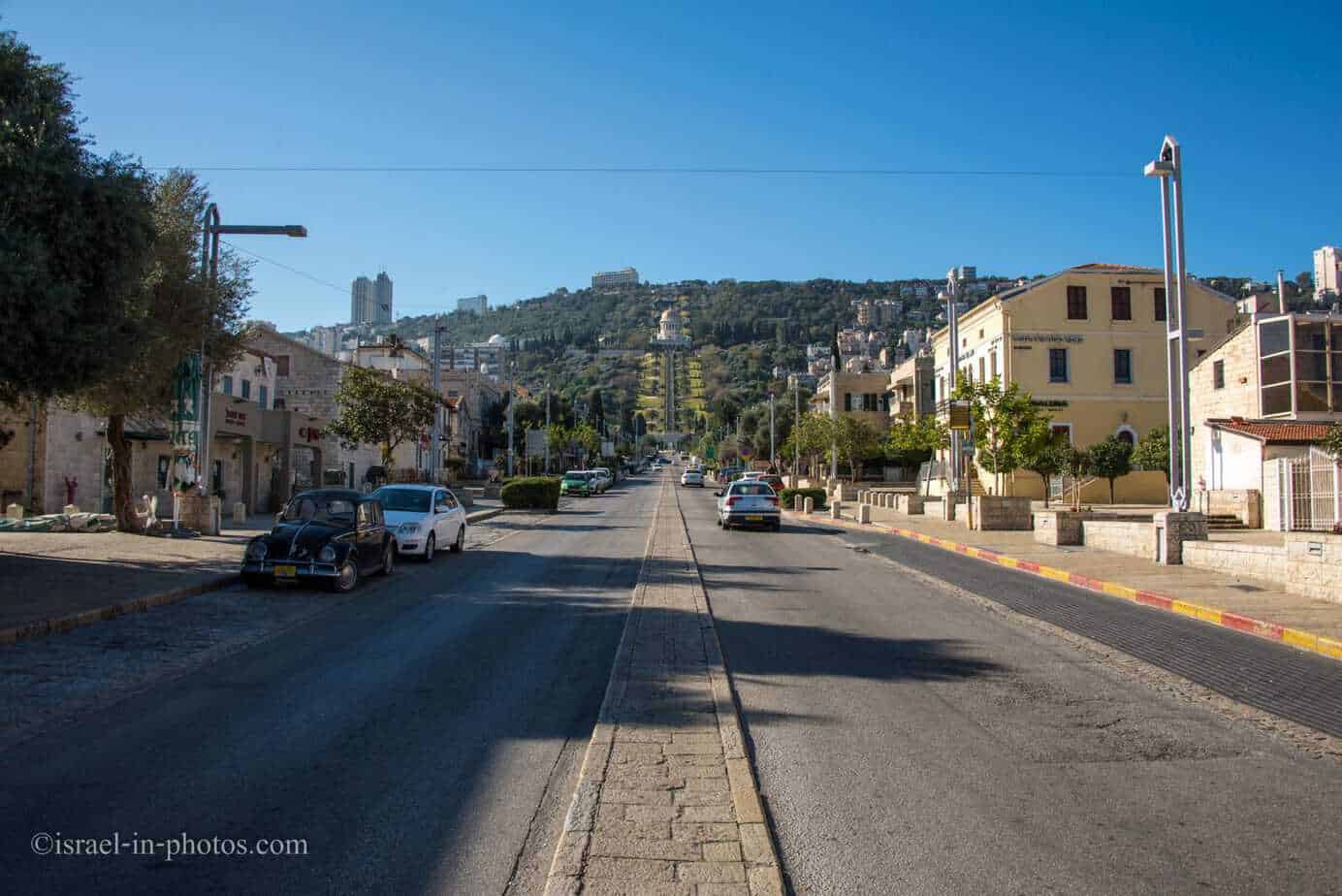ANU Museum of the Jewish People – Visitors Guide
ANU Museum of the Jewish People, located on the Tel Aviv University campus, shares the history of the Jewish people and notable figures.
Table of Contents
Map
ANU Museum of the Jewish People is located inside the campus of Tel Aviv University at Klausner 15, Tel Aviv. Entrance is through gate #2.
Directions for drivers: Link to Waze and Link to Google Maps
Directions for public transport: Link to Moovit
Interactive map of the area:
The museum is spread over several floors, and here is the site plan:


Note: you can click on the photos to enlarge them.
Directions
You can reach the museum in different ways. If you choose public transport, you can commute by bus or train (Tel Aviv University train station is about a 10-minute walk away).
If you decide to drive, you can find parking by the Steinhardt Museum of Natural History. There is a paid parking lot by the Steinhardt Museum of Natural History, and if you get lucky, you will find parking along Klausner Street.
We visited on a Saturday morning, and since we arrived early, there were parking spots along the street.


Opening Hours
Sunday – Wednesday, and Saturday: 10:00 – 17:00
Thursday: 10:00 – 20:00
Friday 10:00 – 14:00
Entrance Fee
Regular ticket: 54 NIS
Senior citizen – 27 NIS
Student, disabled: 44 NIS
Child under 5: free
Note: The entrance fee and opening hours were updated in June 2025. In any case, recheck the official site before your visit. You can also purchase tickets through it.
Coupons
You can purchase discounted tickets at:
- Cal – 44 NIS per ticket.
- HTZone – starting from 32 NIS per ticket.
- MegaLean – 43 NIS per ticket.
- PaisPlus – starting from 30 NIS.
- Teacher’s association – 28 NIS per ticket.
Tours
Guided tours are available for the general public. The tours are conducted in both Hebrew and English, and the theme of the tour varies depending on the day of the week. You can find additional details here.
Heroes Exhibition
The Heroes exhibition tells the story of famous Jews. This exhibition is open on Saturdays, and you have to book it in advance. Once you enter, you are allowed to be there during your time slot (90 minutes). And when it ends, you have to exit.
It is not a typical museum exhibition. It is a hands-on experience that teaches through games and is designed for elementary school-aged children (ages 6-12).
For example, Simcha Blass conceived the idea of drip irrigation. And on the central image of the first row, you control drip irrigation by turning the wooden levels. The goal is to water all crops.













Our time slot was 10:00-11:30, and by 11:20, our kids had completed all the activities, so we headed to the other exhibitions in the museum.
Synagogue Hall
The world-renowned collection of ANU – Museum of the Jewish People’s synagogue models is displayed in a dedicated gallery presenting the diverse expressions of global Jewish life, At the Alfred H. Moses and Family Synagogue Hall.
The Synagogue Hall, opened in May 2016 displays Hallelujah! Assemble, Pray, Study –Synagogues Past and Present. A spectacular exhibition based on the famous collection of synagogue models. The exhibition showcases 21 models representing various communities and Jewish life relating to the synagogue: social gatherings, study, creativity and prayer, as well as weddings, Bar/Bat Mitzvahs, fundraising, charity, etc.
Source: official site










Note: Several of the synagogues, like Tzedek ve-Shalom Synagogue from Suriname, were moved into the Israel Museum in Jerusalem, and you can visit them.
Codex Sasson
After visiting the Synagogue Hall, we remained on the first floor and headed to Codex Sassoon.
It is not every day that we get to see a book that is over 1,100 years old. Codex Sassoon, the oldest and most complete Bible, is a rare and valuable testimony to the history of the biblical text. The story of the Codex itself allows a glimpse into fascinating chapters in the history of the Jewish people.
Codex Sassoon is one of the most important and unique manuscripts in the world, and in May 2023 it also became the most expensive Jewish manuscript in history: with the help of the generous donation of the Chairman of the Museum’s International Board of Honor, Mr. Alfred H. Moses, the Codex was purchased for approximately 38 million dollars, at a public auction held in Sotheby’s New York, and donated to the Anu – Museum of the Jewish People’s collection.
Source: official site
Unfortunately, it was not yet on display (we were several days early). But it is already on display.
Then we headed to the second floor, which is mainly dedicated to history. Here are some photos from the first and second floors:








The Mosaic – Third Floor
The story begins in the present. The incredible diversity of the expressions of Jewish identity and culture enables each and every one of us to find something of ourselves here. The folklore and the arts, the language and the literature, the different denominations in Judaism, and the Jewish contribution to humanity – all these are manifestations of multifaceted Jewish identity and culture, whether individual or collective.
Source: official site
On the third level, you can find many sections where each one is dedicated to another field. For example, Jews in art, music, literature, and comedy.
Did you ever wonder why there are so many Jews in Hollywood? According to a movie I saw, it is because they were denied entry into many professions. Hence, they had to “invent” new industries. Basically, similarly to why many Jews traded. Because they were not allowed to do agriculture.
Here are several photos from the third floor:












In this exhibition, there were interactive exhibits that kids could enjoy. For example, there was a stand explaining traditional Jewish food, and on a large touchscreen, you could prepare your favorite dish.
How much time does a typical visit to the ANU Museum of the Jewish People take?
We spent three and a half hours at the museum. The first hour and a half were spent at the Heroes exhibition.
The duration of your visit will depend on the age of your children and your interests. However, for most people, a typical visit will likely last between 2 and 4 hours.
Summary
We enjoyed our visit to the ANU Museum. Our kids especially loved the Heroes exhibition. I highly recommend it to everyone interested in this topic.
Note: A plus of all museums in Israel is that they are air-conditioned. Hence, you can visit them on a rainy day or a hot day (as we did), when the number of options is limited.
Have you been to the ANU Museum of the Jewish People? If so, please tell us about your experience in the comments below.
That’s all for today, and I’ll see you on future travels!
Stay Tuned!
For additional points of interest nearby, check out Tel Aviv.
Additional Resources
Here are several resources that I created to help travelers:- Trip Planner with Attractions and Itineraries is the page that will help you create your perfect travel route.
- What is the Best Time to visit Israel? To answer this question, we will consider the weather, prices, holidays, festivals, and more.
- Information and Tips for Tourists to Israel will answer the most common questions tourists have about Israel (including safety, passports, weather, currency, tipping, electricity, and much more).
- Israel National Parks and Nature Reserves include a complete list, top ten, map, tickets (Israel Pass, Matmon, combo), and campsites.
- If you are looking for things to do, here are the pages for Jerusalem, Tel Aviv, Haifa, Sea Of Galilee, Akko (Acre), Eilat, Nazareth, Safed (Tzfat), and Makhtesh Ramon.







